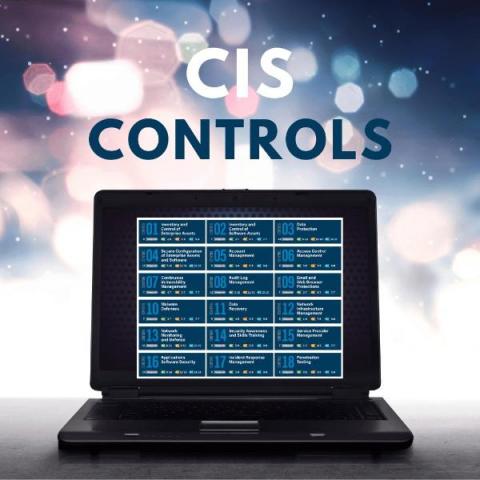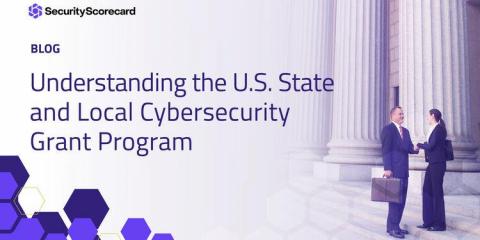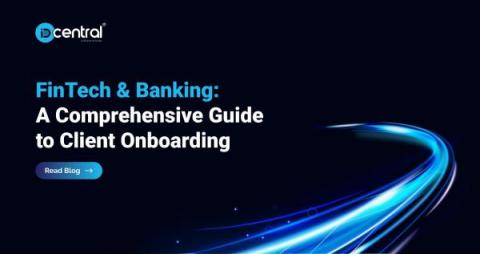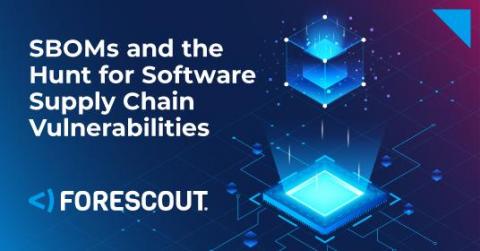What Are CIS Benchmarks (Guide For 2023)
There are numerous CIS benchmarks which provide system administrators and other IT technicians with configuration baselines and best practices across the various levels of different CIS criteria to allow them to secure the configuration of any systems and devices they use within an organisation. Here we will provide you with a detailed overview of what CIS benchmarks and controls should mean to you, along with useful references for further reading where needed, as part of this guide.











